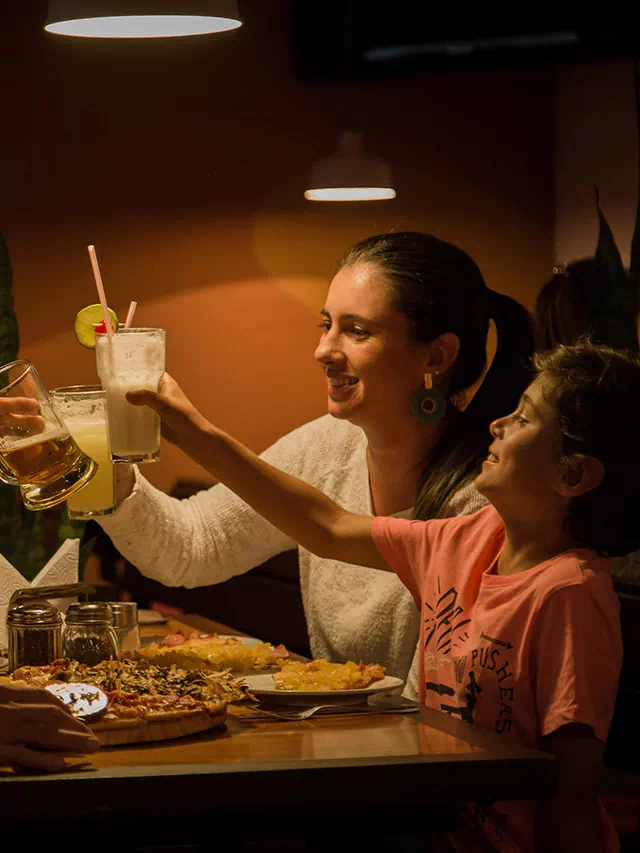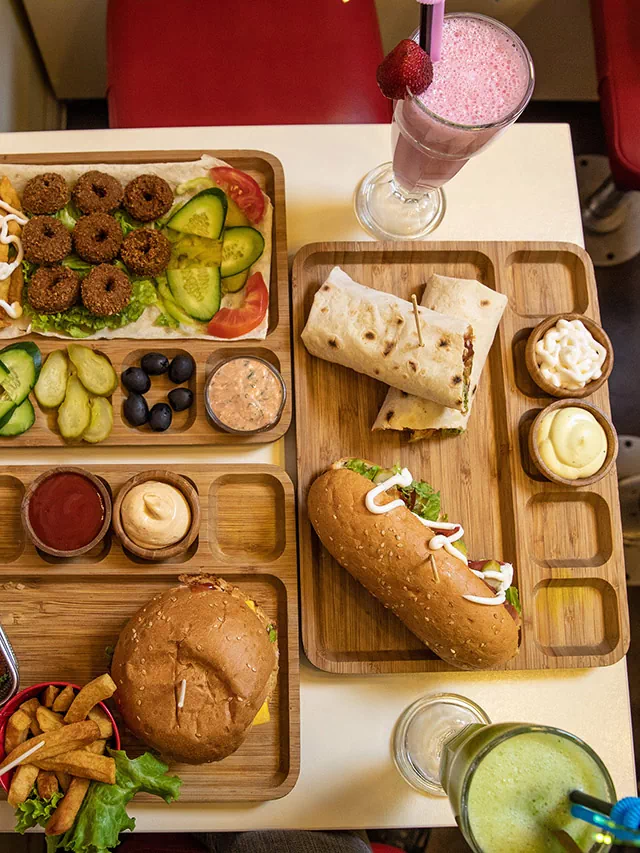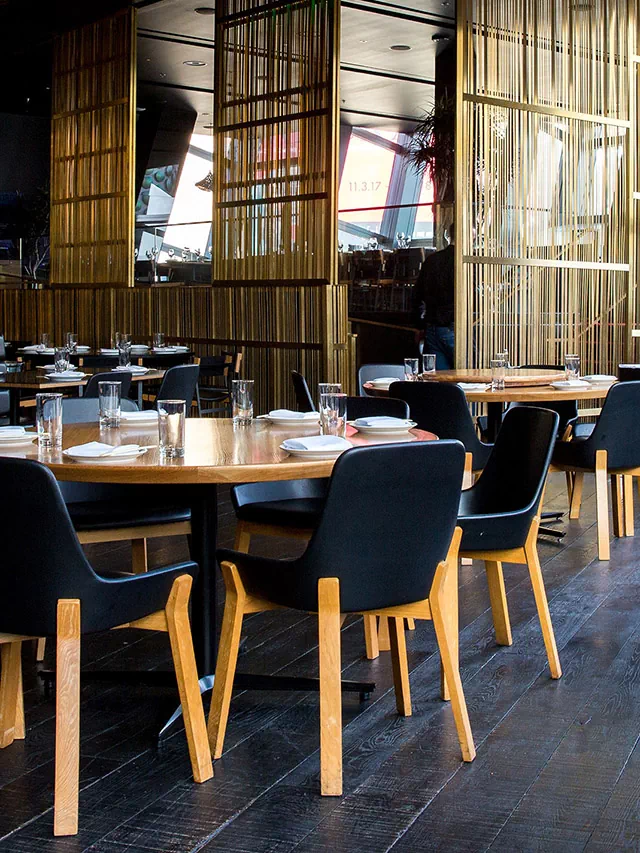Eating is a daily activity that we all engage in, but not all eating experiences are the same. Understanding the different types of eating experiences can help us appreciate the social, cultural, and psychological factors that influence our food choices and eating habits. In this article, we will explore some of the different types of eating experiences.
Functional Eating
Functional eating is when we eat solely to satisfy our hunger and nutritional needs. This is the most basic type of eating experience, and it is often associated with everyday meals like breakfast, lunch, and dinner. Functional eating is focused on the nutrients that our bodies need to function and does not involve any particular social or emotional significance.
Social Eating
Social eating is when we eat with others and use food as a way to connect and socialize. This type of eating experience is often associated with holidays, family gatherings, and social events. Social eating is more about the company and the experience of sharing food with others than it is about the food itself.
Emotional Eating
Emotional eating is when we use food to manage our emotions. This can be both positive and negative, as we may turn to comfort foods to cope with stress or sadness, or we may celebrate with food to enhance feelings of happiness and joy. Emotional eating can become problematic when it leads to overeating and an unhealthy relationship with food.
Cultural Eating
Cultural eating is when we eat foods that are associated with our cultural heritage. This type of eating experience is often tied to traditions, customs, and beliefs. Cultural eating can be a way to connect with our roots and heritage and to pass down traditions from generation to generation.
Mindful Eating
Mindful eating is when we pay close attention to the experience of eating and savor each bite. This type of eating experience is focused on the sensory and emotional aspects of eating, rather than the functional aspect. Mindful eating involves being present and fully engaged in the eating experience, which can help promote mindfulness and reduce stress.
Experiential Eating
Experiential eating is when we seek out new and novel food experiences. This can involve trying new cuisines, experimenting with different cooking techniques, or dining at unique restaurants. Experiential eating is about exploring the diversity and creativity of food and can be a way to expand our palates and culinary horizons.
Indulgent Eating
Indulgent eating involves consuming foods that are high in calories, sugar, and fat and are often considered to be treats or indulgences. This type of eating experience can provide a temporary sense of pleasure and satisfaction but can also have negative consequences for our health if done in excess.
In addition, it’s important to recognize that our eating experiences can be influenced by external factors such as time constraints, convenience, availability of food options, and cultural norms. For example, functional eating may be more common in busy cities where people are on the go, while social eating may be more prevalent in cultures where meals are traditionally shared with family and friends.
Understanding the different types of eating experiences can also help us make healthier choices. For example, if we’re mindful of our indulgent eating habits, we can find healthier ways to satisfy our cravings, such as incorporating more fruits and vegetables into our diets or finding low-calorie alternatives to our favorite treats.
Understanding the different types of eating experiences can help us make informed choices about what and how we eat. By being mindful of our eating habits and preferences, we can fully enjoy our meals and create positive associations with food. Whether we’re eating for function, socializing, exploring new flavors, indulging, or practicing mindfulness, each type of eating experience has its unique benefits and can contribute to our overall well-being.




